
Our next stop was the farmhouse at Hougoumont. Honestly, what can one say about the battle at Hougoumont in a single blog post? What can one say about Hougoumont anywhere, at any time? Again, it’s one of those places where one simply wants to be, to commune with one’s thoughts uninterrupted, to remember, to review and to ruminate on the enormity of it all. In fact, as though in unspoken alliance, Denise, Ian and I did drift away from one another, each to walk the ground in our time.
Again, I am not a battle or battlefield expert, so I turn to Wikipedia for the short version of events on the day at Hougoumont, the photos are my own:

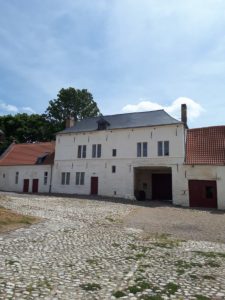
“Wellington recorded in his despatches “at about ten o’clock [Napoleon] commenced a furious attack upon our post at Hougoumont.”
“The initial attack by Maréchal de Camp Bauduin’s 1st Brigade of the 6th Division emptied the wood and park, but was driven back by heavy British artillery fire and cost Bauduin his life. The British guns were distracted into an artillery duel with French guns and this allowed a second attack by Maréchal de Camp Baron Soye’s 2nd Brigade of the 6th Division. They managed a small breach on the south side but could not exploit it. An attack on the north side by elements of the 1st Brigade of the 6th Division was more successful.
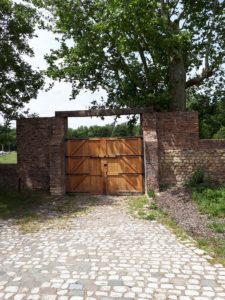
“This attack led to one of the most famous skirmishes in the Battle of Waterloo — Sous-Lieutenant Legros, wielding an axe, managed to break through the north gate. A desperate fight ensued between the invading French soldiers and the defending Guards. In a near-miraculous attack, Macdonell, a small party of officers and Corporal James Graham fought through the melee to shut the gate, trapping Legros and about 30 other soldiers of the 1st Legere inside. All of the French who entered, apart from a young drummer boy, were killed in a desperate hand-to-hand fight.
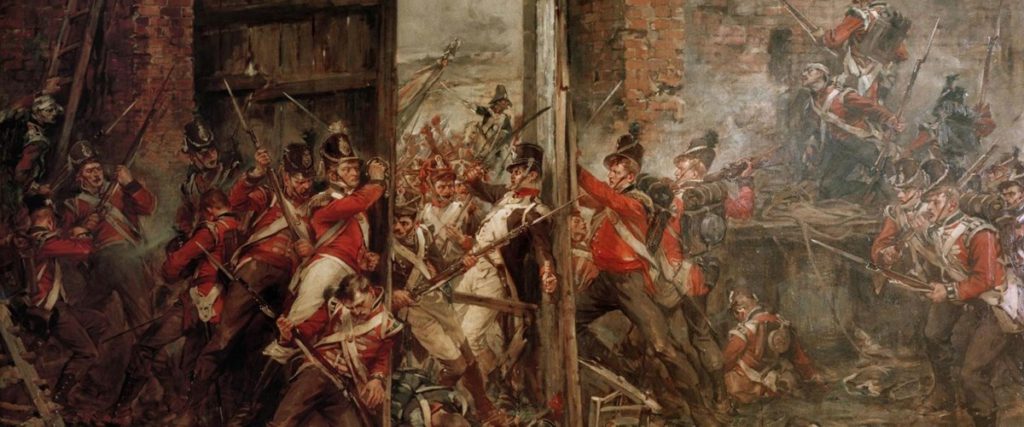
“The British and German Garrison were running low on ammunition and a Driver of the Royal Waggon Train distinguished himself by driving an ammunition cart through the French lines to resupply the troops despite his horses receiving wounds. The French attack in the immediate vicinity of the farm was repulsed by the arrival of the 2nd Coldstream Guards and 2/3rd Foot Guards. Fighting continued around Hougoumont all afternoon with its surroundings heavily invested with French light infantry and coordinated cavalry attacks sent against the troops behind Hougoumont.

“Wellington’s army defended the house and the hollow way running north from it. In the afternoon Napoleon personally ordered the shelling of the house to cause it to burn. Seeing the flames, Wellington sent a note to the house’s commander stating that he must hold his position whatever the cost, resulting in the destruction of all but the chapel, (below).


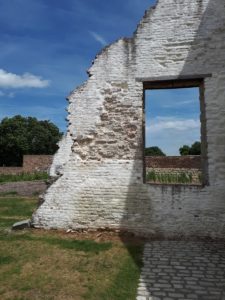
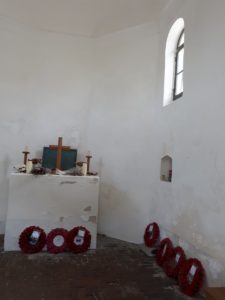

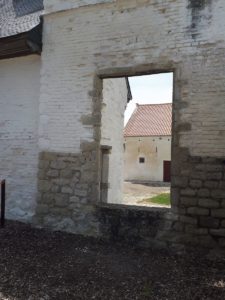
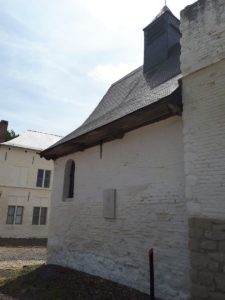
“Du Plat’s brigade of the King’s German Legion was brought forward to defend the hollow way, which they had to do without any senior officers, who were then relieved by the 71st Foot, a Scottish light infantry regiment. Adam’s brigade, further reinforced by Hugh Halkett’s 3rd (Hanoverian) Brigade, successfully repulsed further infantry and cavalry attacks sent by Reille and maintained the occupation of Hougoumont until the end of the battle.”

Gates and field to the east of the Farmhouse, above and below.
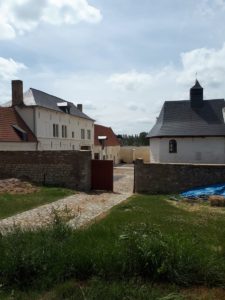
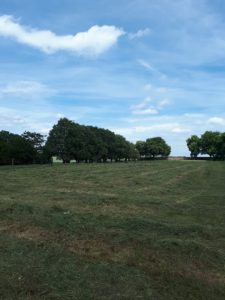
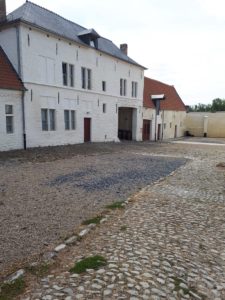
“The Hougoumont battle has often been characterised as a diversionary attack to cause Wellington to move reserves to his threatened right flank to protect his communications, but this then escalated into an all-day battle which drew in more and more French troops but just a handful of Wellington’s, having the exact opposite effect to that intended. In fact there is a good case that both Napoleon and Wellington thought Hougoumont was a vital part of the battle. Certainly, Wellington declared afterwards that ‘the success of the battle turned upon the closing of the gates at Hougoumont.’
“Hougoumont was a part of the battlefield that Napoleon could see clearly and he continued to direct resources towards it and its surroundings all afternoon (33 battalions in all, 14,000 troops).
“Similarly, though the house never contained a large number of troops, Wellington devoted 21 battalions (12,000 troops) over the course of the afternoon to keeping the hollow way open to allow fresh troops and ammunition to be admitted to the house. He also moved several artillery batteries from his hard-pressed centre to support Hougoumont.”
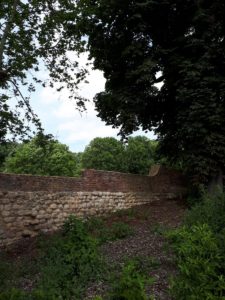
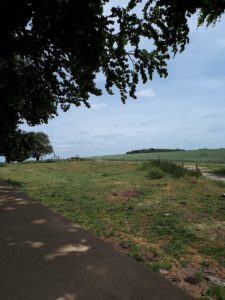
Views to the south, above and below.
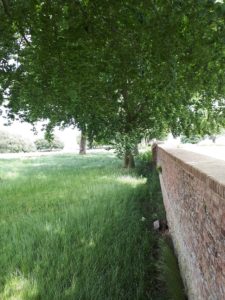
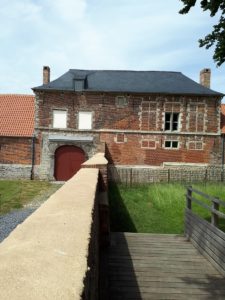
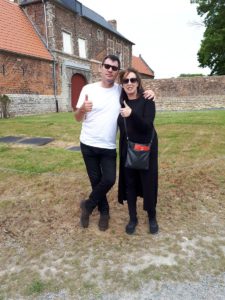
In the final installment of this series, I spend Waterloo Day with friends at Apsley House. Coming soon!